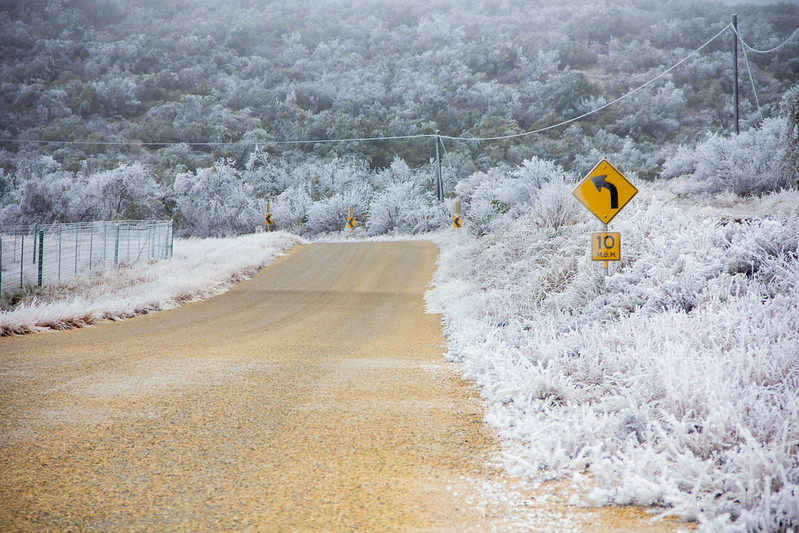A historic freeze this week plunged every county in Texas into a winter weather advisory and caused the state’s electricity system to fail, with 4 million customers facing outages, many lasting hours and hours. The crisis in Texas continues today, and the primary concern now is helping those suffering in the cold and getting the power system functioning again.
Scientists tell us that our climate crisis will cause more severe weather in the years to come: harsher hurricanes, hotter heat waves, bigger floods – and, yes, sometimes even stronger winter storms. We need an electricity system that’s resilient enough to handle these threats.
For some idealogues and naysayers, the failure of the grid operator in Texas to prepare for severe weather is yet another chance to try and blame clean wind and solar energy, the very technologies we need to address climate change and the extreme weather events that come with it. But that’s a red herring.
Consider the evidence:
- “Failures across Texas’ natural gas operations and supply chains due to extreme temperatures are the most significant cause of the power crisis,” the Texas Tribune reported. (As did the Houston Chronicle, Washington Post, New York Times, The Wall Street Journaland Associated Press.)
- “The power sources that underperformed on the largest scale were coal and gas plants that had equipment freeze over or couldn’t get sufficient fuel on site as drilling operations and pipelines struggled to work properly,” the Los Angeles Times reported.
- “While ice has forced some turbines to shut down just as a brutal cold wave drives record electricity demand, that’s been the least significant factor in the blackouts,” an ERCOT spokesman told Bloomberg News.
- “What most experts saw was the Texas grid’s vulnerability to harsh weather — and a warning that climate change-induced disasters could devastate the nation’s leading energy producer,” Politico reported.
The real problems for the Texas grid are an over-reliance on natural gas, a failure to prepare those gas plants for severely cold weather and a lack of interconnection with other states, John Moore, the director of the Sustainable FERC Project, which is housed at NRDC, wrote in a blog. Texas must make its grid more resilient and adaptable.
“In the longer term, the cleaner, reliable solution will be to wean Texas and the country off of gas and electrify the economy with renewable energy,” he writes. “As Texas is now showing, and as we see elsewhere in the country, we risk over-dependence on carbon-emitting gas for both power and heating.”
Other keys to resilience are more demand response and more energy efficiency upgrades. Efficient buildings keep you more comfortable during electricity interruptions, and lower system loads reduce the need for rotating blackouts in the first place. And, to top it off, investing in clean energy and grid upgrades would be an incredible economic boon for Texas, creating 72,450 jobs, the most in the nation, according to a study by E2.
As the catastrophic events in Texas are showing us, there’s no trade off involved between a clean and resilient power grid. We can – and must – do both.

